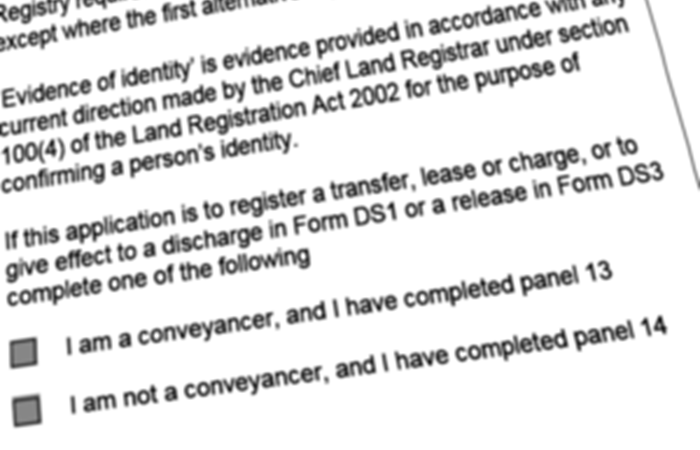govt

In January we updated Practice Guide 67, which explains who needs to confirm their identity for a property transaction and in which circumstances they need to do this.
The update focuses on how to complete the confirmation of identity panels in our application forms and provides additional clarity where an attorney (someone legally appointed to act on someone elses behalf) is involved in a transaction.
The guide now clarifies that details for each party (for example the seller, buyer, and buyers lender) must be listed in separate boxes in the identity sections of our application forms. See section 5.1: Confirmation of identity of the guide for full details.
This is important because it can help to reduce the risk of registration fraud and the need for additional enquiries. When customers list parties and attorneys separately, it helps to provide greater assurance that they are meeting our identity requirements; and getting applications right the first time can help to make conveyancing simpler, faster and cheaper for everyone.
When an attorney is dealing with a property we will usually need evidence of the attorneys identity too, unless an exception applies, as set out in section 4.1. Exceptions of the guide.
Attorneys are not disponors of property (for example, a seller), or disponees (for example a buyer) and therefore both the donor of a power (the person who has appointed the attorney) and their attorney are separate persons, for the purpose of our identity requirements. The attorney acts under powers given to them and must therefore be accounted for separately and listed in separate boxes in the identity sections of our application forms. If there is insufficient space to provide the information, customers can add additional boxes to the panel in the form or use continuation form CS, to provide it.
In the past, we have received fraudulent powers with some applications, so we need evidence of the appointment and powers, to prove that the appointment is genuine.
In some cases, where both the donor and the attorney may be represented by the same conveyancer, they must be listed separately. The conveyancer acting for the applicant must satisfy themselves, and therefore their client, that they are dealing with the right people.
